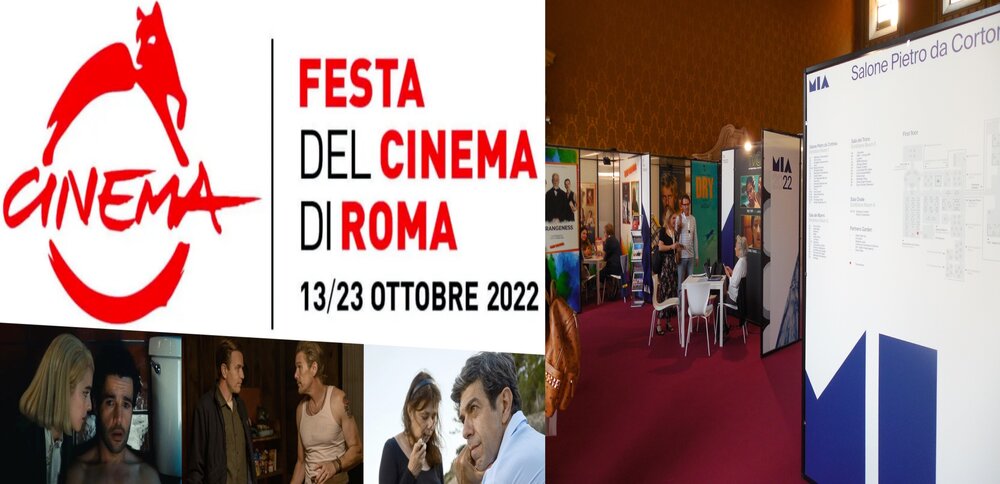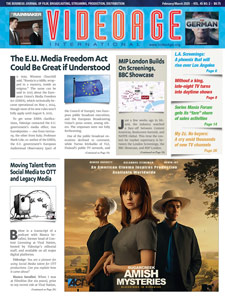By Dom Serafini
In October, Rome hosted two entertainment events that took place simultaneously but separately. The “first” was the Rome Cinema Festival. And the second was MIA: the International Audiovisual Market. (In reality, both events should be listed “first” here, but as cinema is considered the noblest sector of the industry, we are therefore, somewhat unjustly, referring to it as “first.”)
Now, however, the two separate organizers of the events are reportedly thinking of merging them. The festival takes place at the Auditorium della Conciliazione, while MIA takes place in Palazzo Barberini, across the Tiber River on the opposite side of Rome. The former is organized by the Cinema Foundation for Rome, while the latter is a “co-production” between ANICA (the National Association of Audiovisual Cinematographic Industries) and APA (the Audiovisual Producers Association).
Great idea, one might think! On the contrary. It is a bad solution for both, and for two reasons. The first is that a film festival mainly serves a promotional purpose, while a market has commercial reasons. Second, these types of events should also be managed differently.
An example comes from France following the merger of Unifrance and TV France International (TVFI). The former is a film association. The latter, an organization for the television sector (although it was also supported by government funds). Both were created to promote their respective products abroad, but had different philosophies. The example illustrated below is proof of this difference. This year’s Rendez-Vous, their TV market, which was held in September 2022 in Biarritz, France, took more of a cinematic turn, typical of Unifrance’s film events — which was very different from the traditional television version of the event (when it was organized by TVFI alone).
Other examples: Movie insiders would never think of calling films “products” or “content,” while this is an established term among television operators.
There is also the fact that film festivals need “stars,” “talents,” and “personalities” so that they can thrive. And in order for stars (even B-listers or former A-listers) to participate in a festival, they need drivers, press officers, and hair/makeup people. These are in addition to first-class airline seats and five-star accommodations.
All of this would take away financial resources from the funds necessary for the market portion of this mega-event to sell “products.” Markets tend to do this part well by, for example, paying for buyers’ travels and accommodations. Jaded TV executives, after all, aren’t usually very interested in meeting a star in person — only on a screen.












Leave A Comment